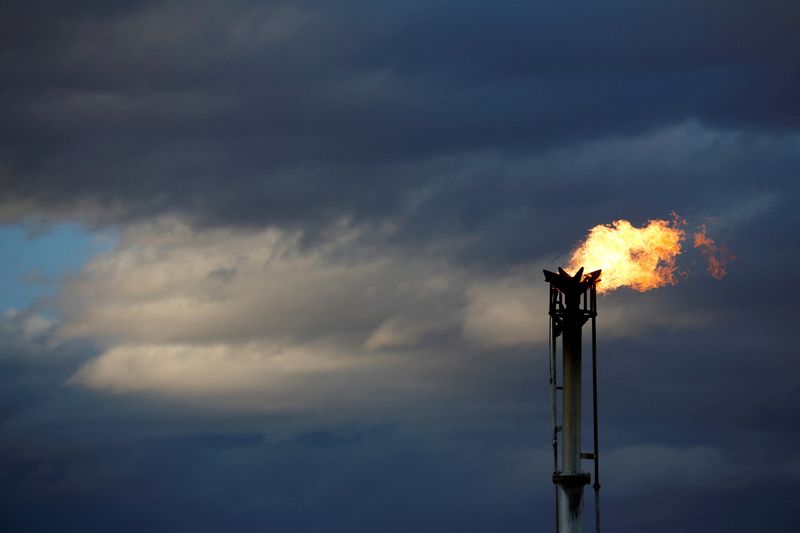By Gloria Dickie
BAKU (Reuters) – Rapidly rising methane emissions could undermine efforts to limit global warming by mid-century, prompting scientists and policymakers to push for aggressive action to curb production of the powerful greenhouse gas .
Nearly 160 countries have pledged to cut methane emissions by 30% by 2020 by the end of this decade.
Over the past five years, atmospheric methane levels have risen at the fastest pace since records began in the 1970s, driven in part by natural sources, according to the Global Methane Budget 2024 report.
This is why controlling methane emissions is so important.
HEAT TRAPPING POWER
Methane molecules are more powerful than carbon dioxide (CO2) at trapping heat, meaning fewer of them are needed to cause the same amount of warming, and reducing them can have a more direct effect than reducing CO2.
Tackling methane also makes financial sense. United Nations analysis has found that cutting methane emissions is likely cheaper than cutting CO2 for a similar climate benefit.
While CO2 remains in the atmosphere for centuries, methane breaks down after about ten years, meaning it has less impact on temperatures in the long term.
Scientists normally compare the total warming effects of methane versus CO2 over a century, calculating that methane emissions are about 28 times worse than CO2 in terms of global warming.
However, over a shorter period of twenty years, methane is 80 times worse.
Methane has so far led to a warming of about 0.5 degrees Celsius, or about a third of the approximately 1.3 degrees Celsius of warming we have experienced so far since the pre-industrial era.
RISING EMISSIONS
According to the Global Methane Budget 2024, methane concentrations are rising faster than any other major greenhouse gas, with human activities causing at least two-thirds of global emissions.
That includes the agricultural sector, including rice farming and livestock farming, fossil fuel activities, landfills and other waste.
The report, published every five years, shows that methane emissions from these human activities have increased by a total of 20% over the past 20 years.
According to food-focused investor initiative FAIRR, most efforts to reduce methane, including EU legislation, are focused on the oil and gas sector, where emissions are easier to tackle than in agriculture.
NATURAL RESOURCES A CONCERN
The remaining third of the world’s methane emissions come from natural sources such as thawing permafrost, peat bogs and wetlands – and emissions could increase rapidly as temperatures rise.
Animals, including humans, are also a source of methane.

While it’s easy to measure methane in the atmosphere, understanding where it comes from is crucial to tackling the problem.
By analyzing different isotope signatures in the detected methane, scientists can investigate whether the gas comes from biological sources or from industry.


